Gardening goes beyond simply planting seeds. It’s about crafting a personalized outdoor space, perfect for both seasoned pros and beginners. A thoughtfully designed vegetable garden layout dramatically boosts your chances of a successful harvest. Optimizing small areas and fostering a sustainable ecosystem hinges on your chosen layout.
Want to grow your own food and save money? Enjoy fresh vegetables all year? Then it’s time to design a garden that fits your lifestyle. This guide offers 21 vegetable garden layout ideas to maximize your space. We have solutions for small balconies and large backyards alike!
1. Classic Row Garden Layout
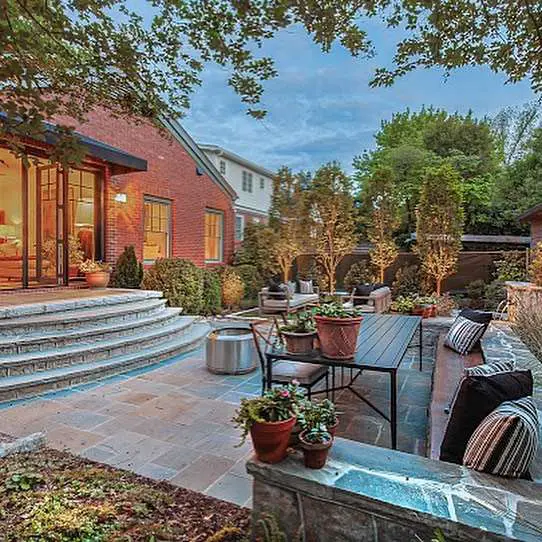
The classic row garden layout remains a popular and time-tested method for growing vegetables in 2025. It features a simple, organized arrangement of crops planted in long, straight rows, divided by walkways. This layout works best for larger gardens with ample space for row planting.
Advantages: Discover the key benefits designed for 2025.
Ideal for: Extensive gardens or areas with enough space for wide rows and easy access between plants.
Top Pick for 2025:
2. Square Foot Garden Layout
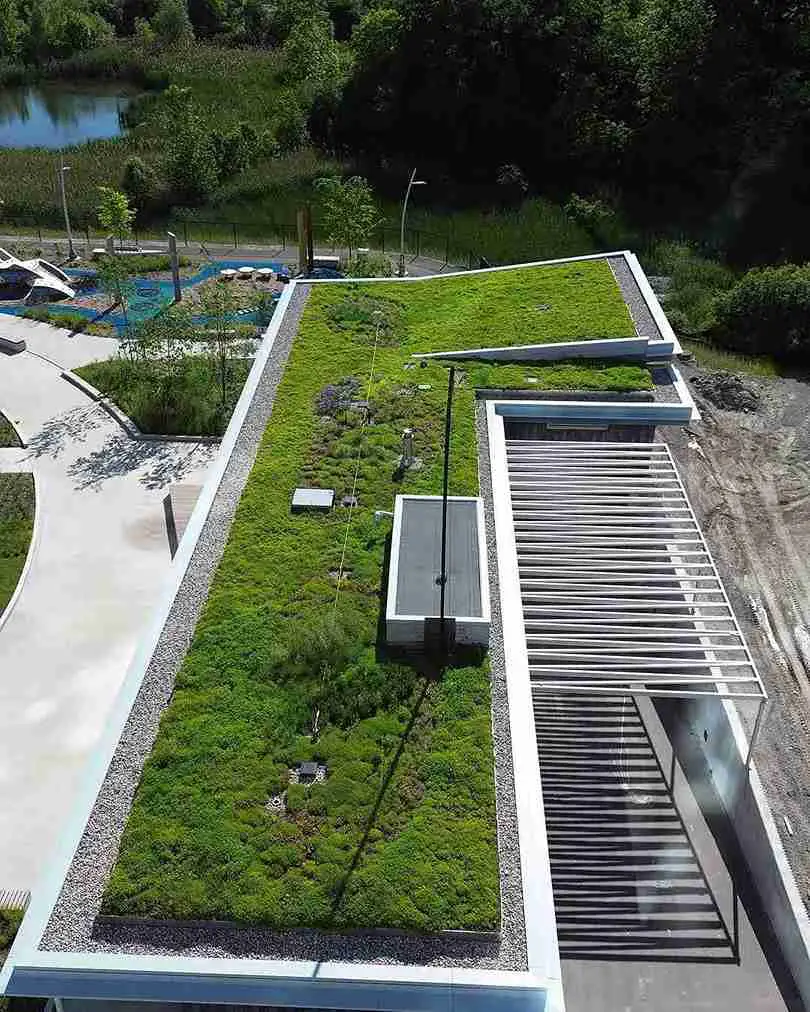
The square foot garden layout is ideal for small spaces. This technique organizes your garden into square sections. Each square is for a specific plant. This grid system maximizes space and prevents overcrowding, making gardening efficient.
Advantages: Discover the key benefits designed for 2025. Explore how our solutions enhance your experience.
Ideal for: City dwellers and gardeners with limited space. Perfect for balconies, patios, or compact backyards.
Top Pick for 2025:
3. Circular Garden Layout
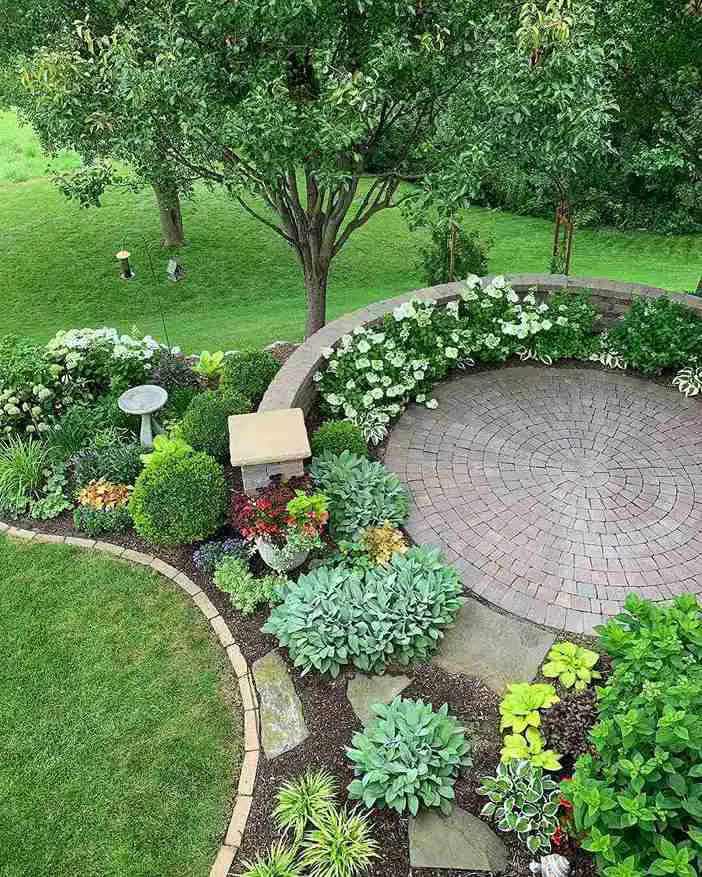
A circular garden design offers a beautiful and efficient method for cultivating vegetables. This approach involves planting in rings around a central location, forming a captivating spiral. It’s an excellent choice for highlighting plants and establishing a striking centerpiece in your 2025 garden.
Advantages:
Ideal for: Garden enthusiasts seeking a distinctive and practical garden design that also serves as a stunning focal point.
Top Pick for 2025:
4. Keyhole Garden Layout
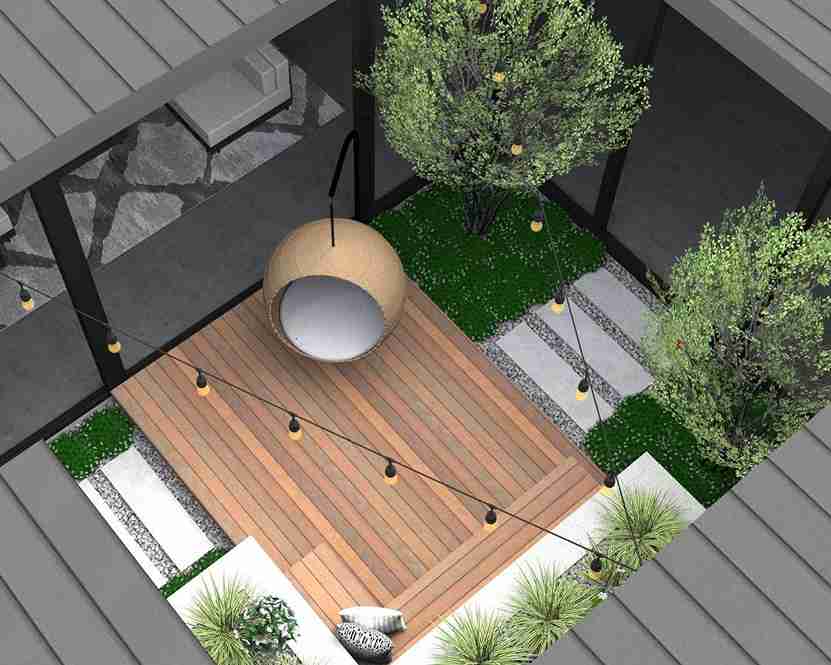
A keyhole garden features a unique circular design. It incorporates a central composting zone. Garden beds extend outwards, resembling wheel spokes. This design is ideal for gardeners seeking a self-sufficient system. Composting directly improves soil quality.
Advantages: Discover the key benefits designed for 2025. Explore how our solutions enhance your experience.
Ideal for: Environmentally aware gardeners seeking a sustainable and easy-to-maintain garden in 2025.
Top Pick for 2025:
5. Raised Bed Garden Layout
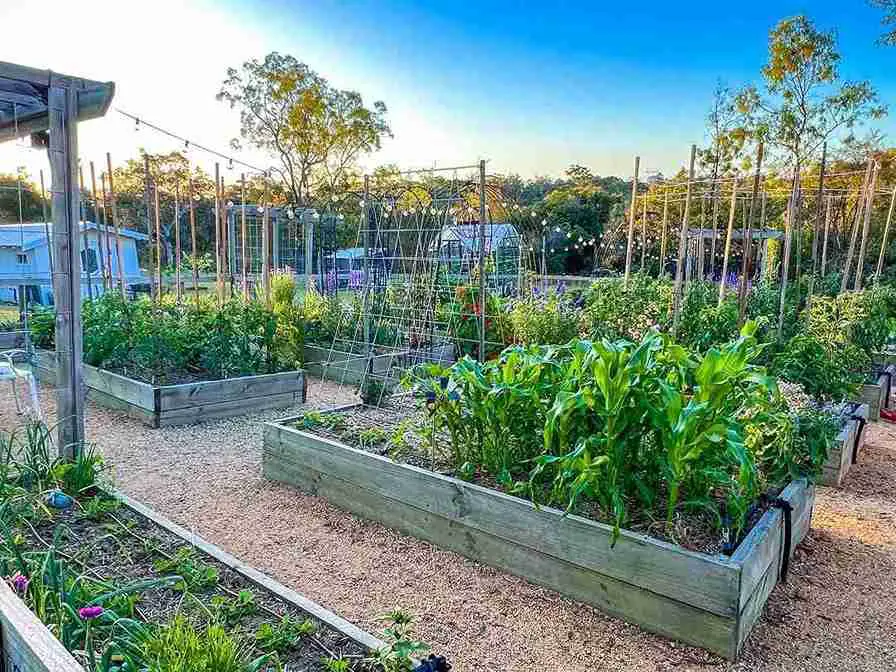
Raised bed gardening uses elevated soil beds enclosed by materials like wood, stone, or metal. These beds are favored for their advantages, simplifying gardening and boosting yields.
Advantages: Discover the key benefits designed for 2025. Explore how our solutions enhance your experience.
Ideal for: Gardeners facing challenging soil conditions or those seeking a low-maintenance, easily accessible garden design.
Top Pick for 2025:
6. Vertical Garden Layout
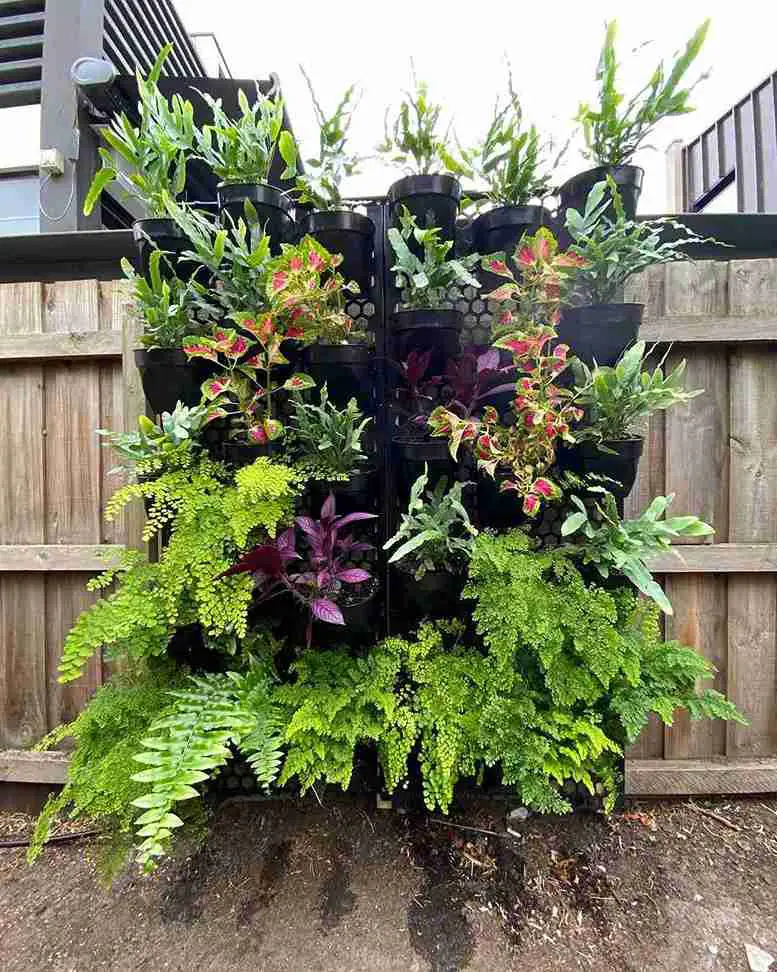
Maximize your harvest in 2025 with a vertical garden layout! This space-saving design lets you grow up, not out. Use trellises, hanging planters, or tiered containers. Perfect for growing tomatoes, beans, cucumbers, and other delicious vegetables.
Advantages:
Ideal for: Compact areas, balconies, or gardens where space optimization is key.
Top Pick for 2025:
7. Companion Planting Layout

Companion planting strategically pairs vegetables for mutual benefit. This method aids in natural pest management, encourages robust growth, and intensifies vegetable flavors. Updated for 2025 gardening practices.
Advantages: Discover the key benefits designed for 2025. Explore how our solutions enhance your experience.
Ideal for: Eco-conscious gardeners aiming to minimize chemical applications and foster a thriving, sustainable garden ecosystem.
Top Pick for 2025:
8. Wicking Bed Garden Layout
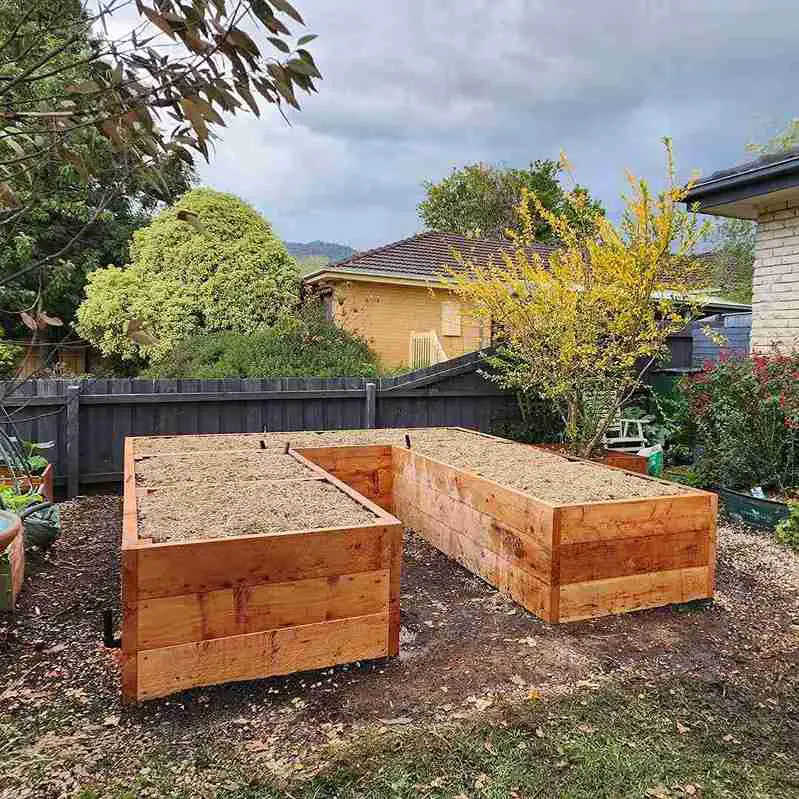
A wicking bed is an elevated garden bed featuring a built-in self-watering system. This innovative design hydrates plants by drawing water from an underground reservoir. It’s ideal for gardeners seeking to conserve water and provide plants with a steady moisture supply.
Advantages: Discover the key benefits designed for 2025. Explore how our solutions enhance your experience.
Ideal for: Gardeners focused on water conservation and regions susceptible to drought.
Top Pick for 2025:
9. Intensive Gardening Layout
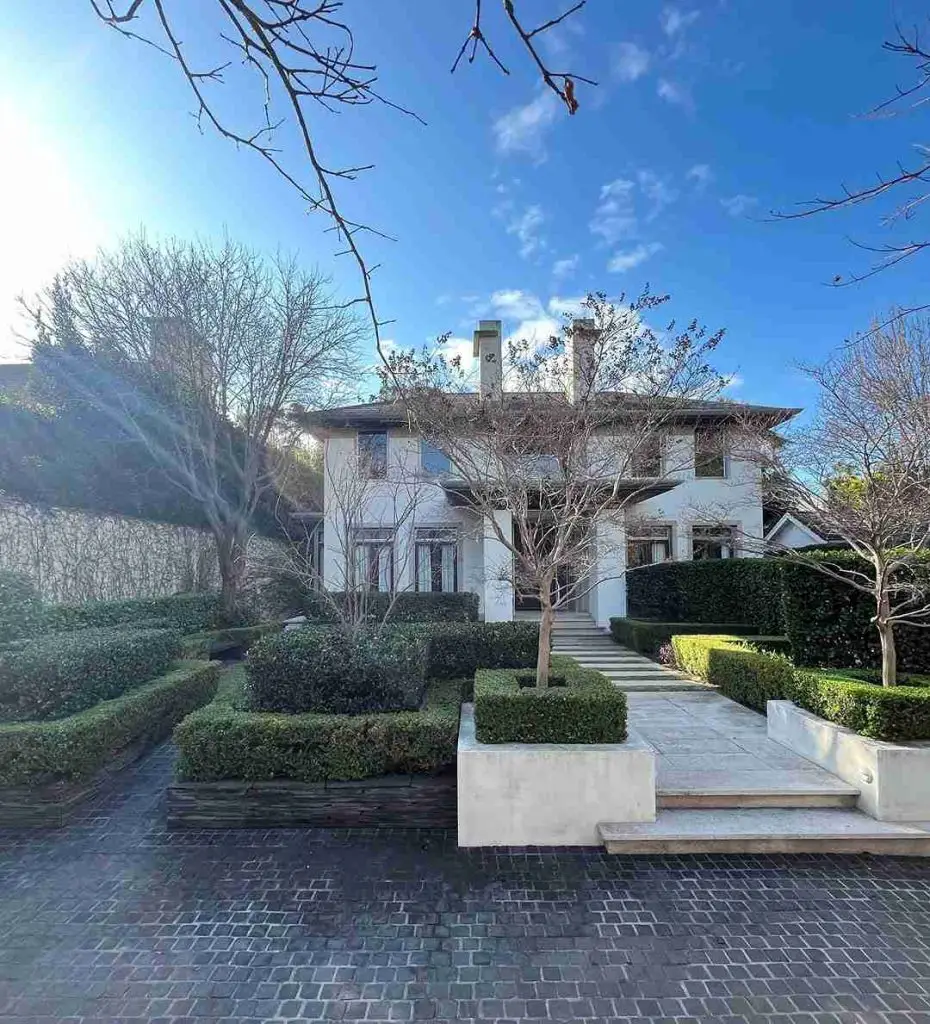
Intensive gardening maximizes space by planting crops close together. This method ensures each plant thrives in a compact area. Expect tight rows or beds with a high density of crops, often in raised beds or smaller gardens.
Advantages:
Ideal for: Gardeners aiming to maximize yields in limited garden areas. Updated for 2025!
Top Pick for 2025:
10. Garden Bed with Pathways Layout
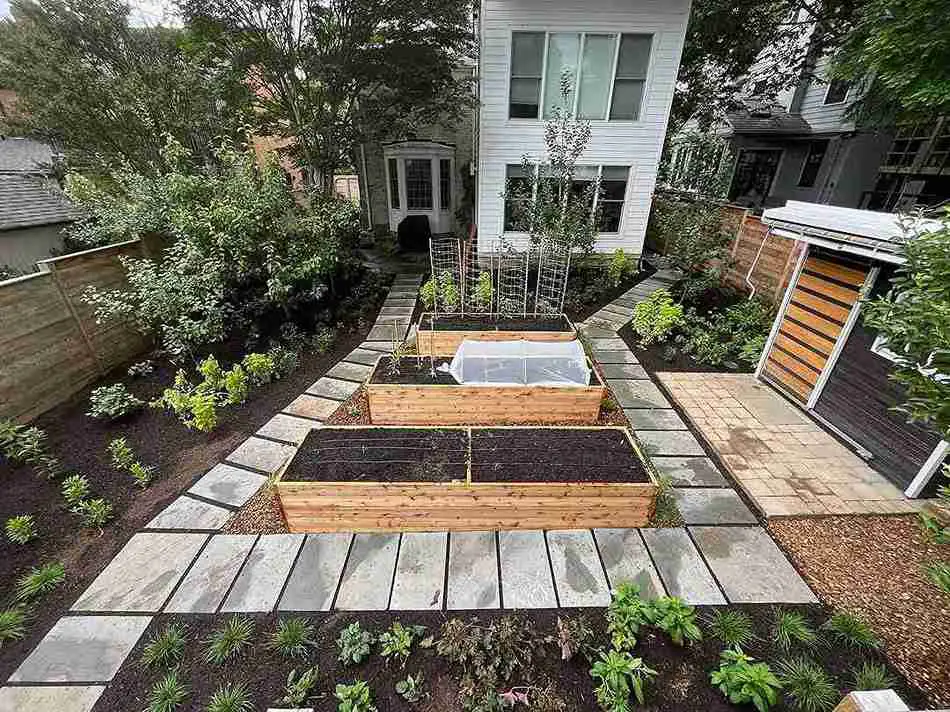
The garden bed with pathways layout offers effortless navigation and access, especially in expansive gardens. This design commonly incorporates elevated or ground-level beds, bordered by broad, user-friendly pathways.
Advantages: Discover the key benefits designed for 2025.
Ideal for: Expansive gardens needing effortless accessibility.
Top Pick for 2025:
Welcome back! This is Part 2, picking up right where we stopped in the previous article.
11. Spiral Garden Layout
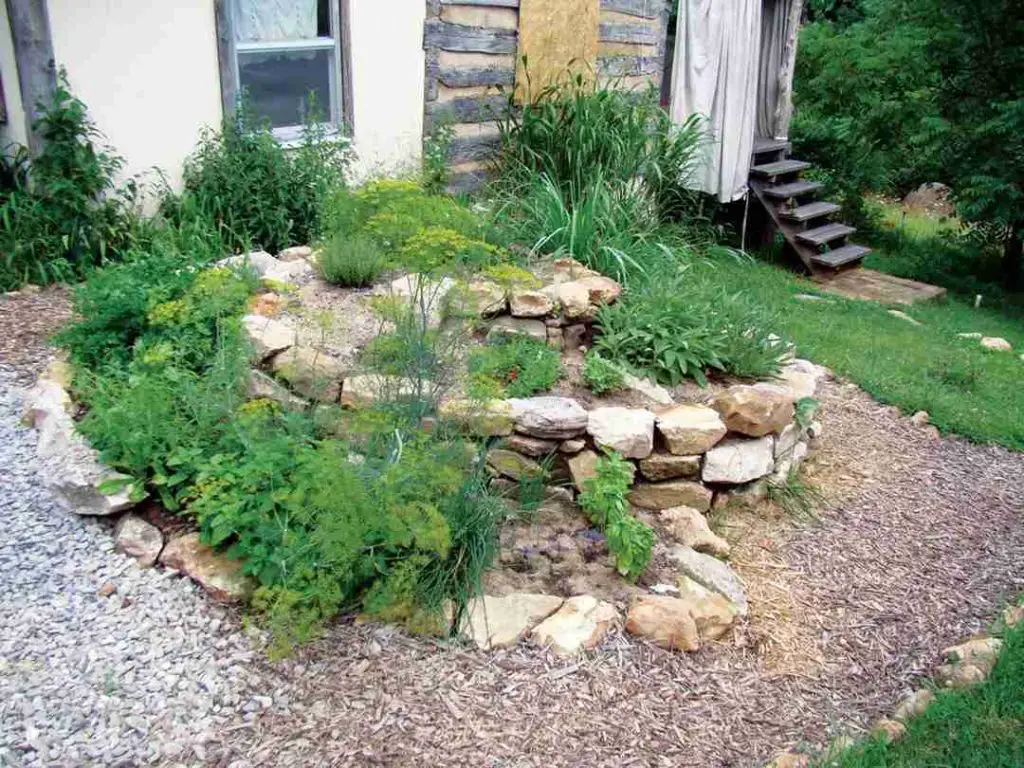
The spiral garden layout offers a distinctive and captivating design. Plants are arranged in a spiral, originating from a central point. This design is visually attractive and practical. It’s ideal for gardeners with limited space or sloping terrain.
Advantages: Discover the key benefits designed for 2025. Explore how our solutions enhance your experience.
Ideal for: Gardeners short on space, properties with slopes, or anyone seeking a distinctive garden aesthetic.
Top Pick for 2025:
12. The U-Shape Garden Layout
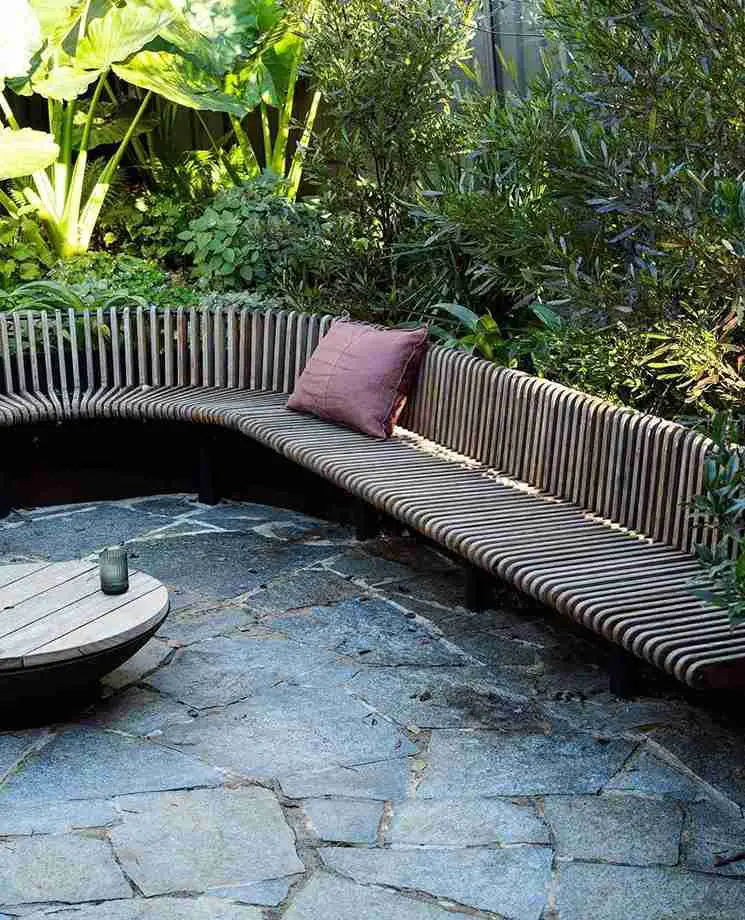
The U-shape garden layout creates a U-shaped design. Vegetable beds line the sides, with a central pathway. This design is perfect for gardeners seeking easy plant access without stepping on the soil.
Advantages: Discover the key benefits designed for 2025.
Ideal for: Extensive gardens. Offers effortless access to numerous plants. Maximizes space utilization effectively.
Top Pick for 2025:
13. No-Dig Garden Layout
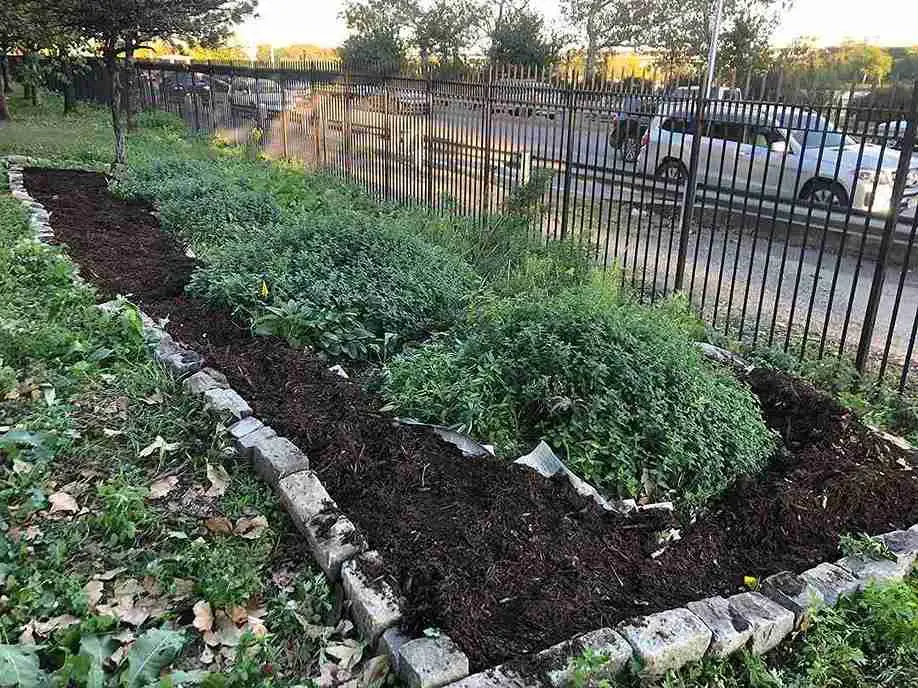
A no-dig garden layout represents a modern organic gardening approach. It removes the traditional need for tilling or digging. Instead, it builds a thriving garden by layering organic materials. Think compost, mulch, and cardboard, placed directly onto the soil. This creates a nutrient-packed environment, perfect for growing healthy vegetables.
Advantages:
Ideal for: Eco-conscious gardeners and individuals seeking an easy-care gardening approach.
Top Pick for 2025:
14. Forest Garden Layout

The forest garden design mirrors a natural woodland ecosystem. It features tiered layers of edible plants, from tall trees to ground cover. This approach suits gardeners aiming for a permaculture garden that works with, not against, nature’s processes. It’s a sustainable and productive way to grow food.
Advantages: Discover the key benefits designed for 2025. Explore how our solutions enhance your experience.
Top Choice For: Environmentally aware gardeners aiming to cultivate a varied and sustainable garden in 2025.
Top Pick for 2025:
15. Greenhouse Garden Layout
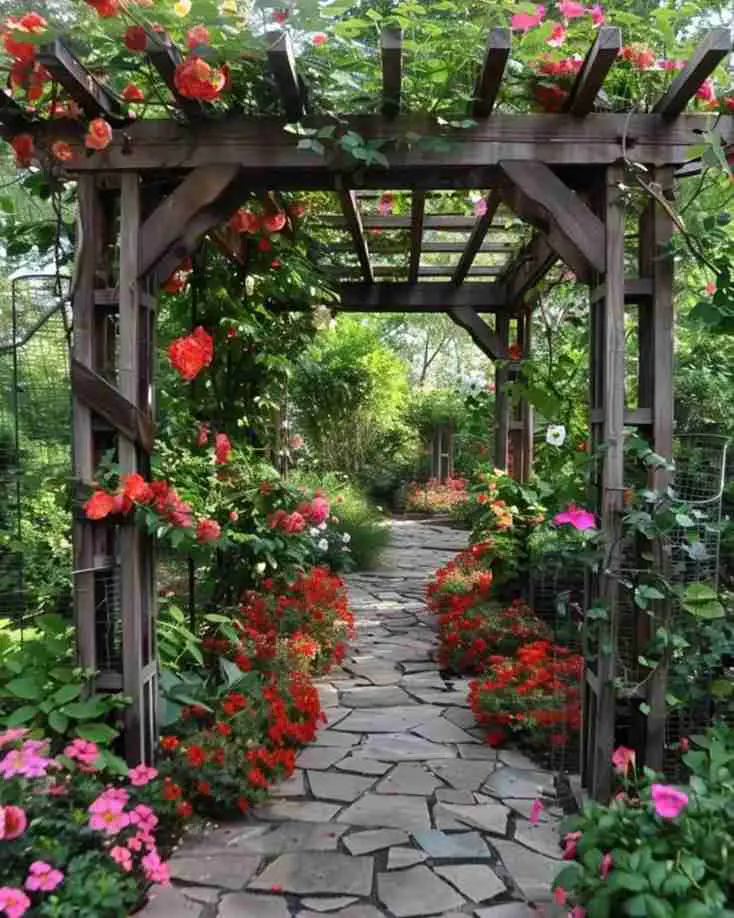
Want fresh vegetables all year? A greenhouse garden layout is your answer. Construct a greenhouse to create a controlled space. Grow vegetables anytime, rain or shine.
Advantages: Discover the key benefits designed for 2025. Explore how our solutions enhance your experience.
Ideal for: Gardeners seeking year-round vegetable cultivation, especially in challenging climates.
Top Pick for 2025:
16. Intercropping Garden Layout
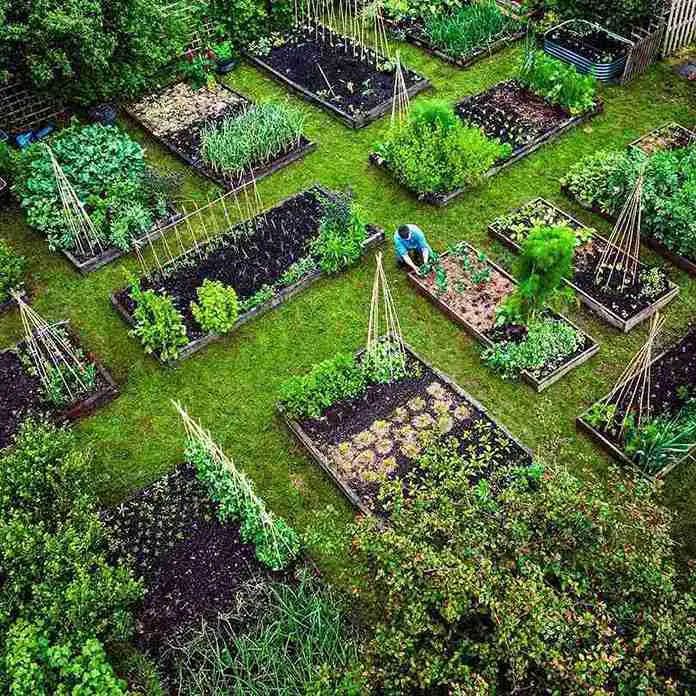
Intercropping is a technique where you grow various crops together in the same area. They are planted at different heights or in alternating rows. This strategy optimizes space usage. It also lowers the risk of total crop loss by growing a diverse range of plants in your garden.
Advantages:
Ideal for: Gardeners seeking a high-yield, eco-friendly, and varied approach to gardening.
Top Pick for 2025:
17. Cottage Garden Layout
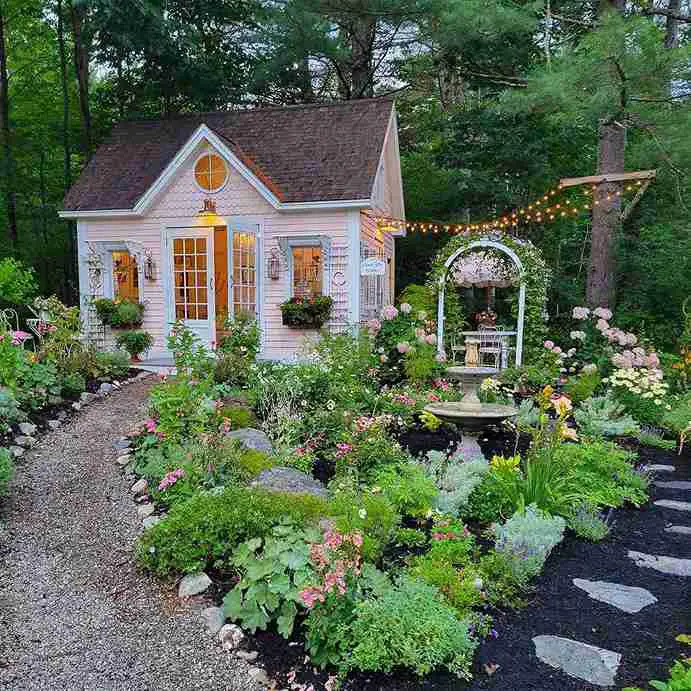
A cottage garden design features relaxed, abundant plantings with vegetables, herbs, and flowers intermingling. This style emphasizes a delightful, country-style look while offering plenty of room for cultivating edibles.
Advantages: Discover the key benefits designed for 2025.
Ideal for: Gardeners seeking a stunning, versatile garden. Grow both delicious vegetables and vibrant flowers!
Top Pick for 2025:
18. In-Ground Garden Layout
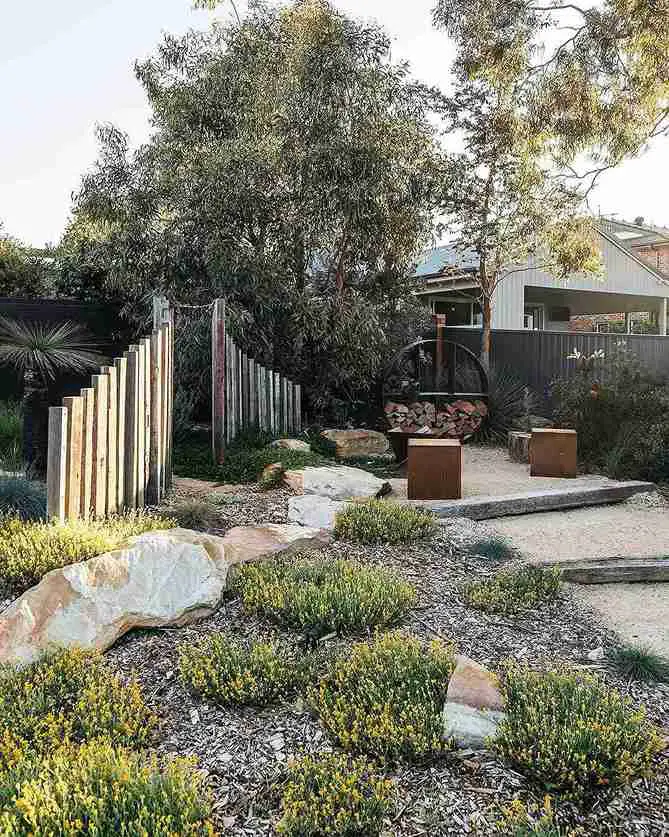
An in-ground garden layout means planting veggies straight into the earth. It’s perfect if you have good soil and plenty of room.
Advantages: Discover the key benefits designed for 2025.
Ideal for: Gardeners who have plenty of room and fertile soil.
Top Pick for 2025:
19. Hydroponic Garden Layout

Hydroponic gardening is perfect for gardeners wanting to try new methods. It’s an efficient way to grow vegetables without soil. This method uses water and nutrients to feed plants. It’s ideal for indoor or urban gardening in 2025.
Advantages:
Ideal for: City dwellers, indoor plant enthusiasts, and those exploring soilless gardening methods.
Top Pick for 2025:
20. Rain Garden Layout
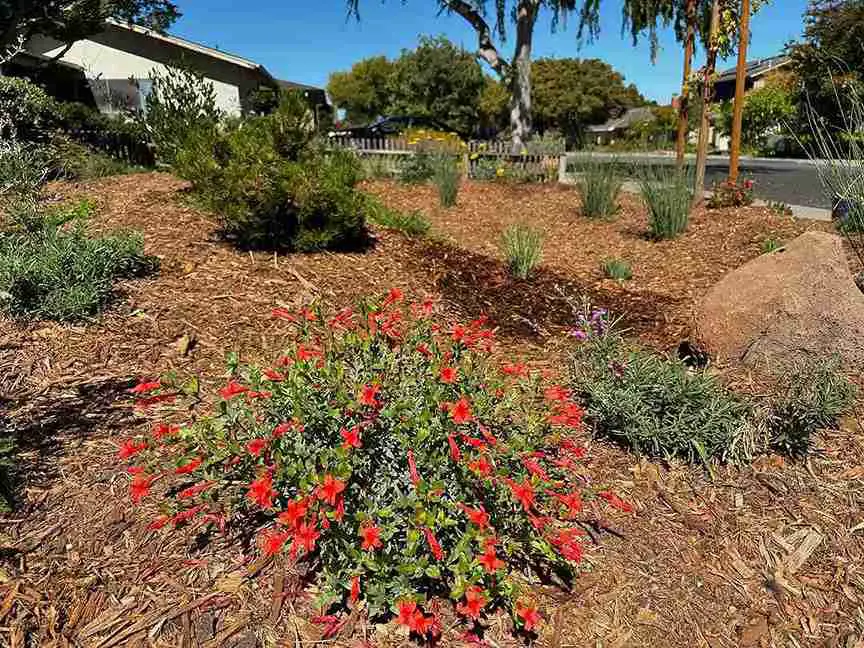
A rain garden design effectively captures and uses rainwater. It features plants that flourish in moist environments. This helps control water runoff and minimizes soil erosion, updated for 2025 best practices.
Advantages: Discover the key benefits designed for 2025.
Ideal for: Gardeners facing frequent rainfall or seeking effective water runoff management solutions.
Top Pick for 2025:
21. Modular Garden Layout
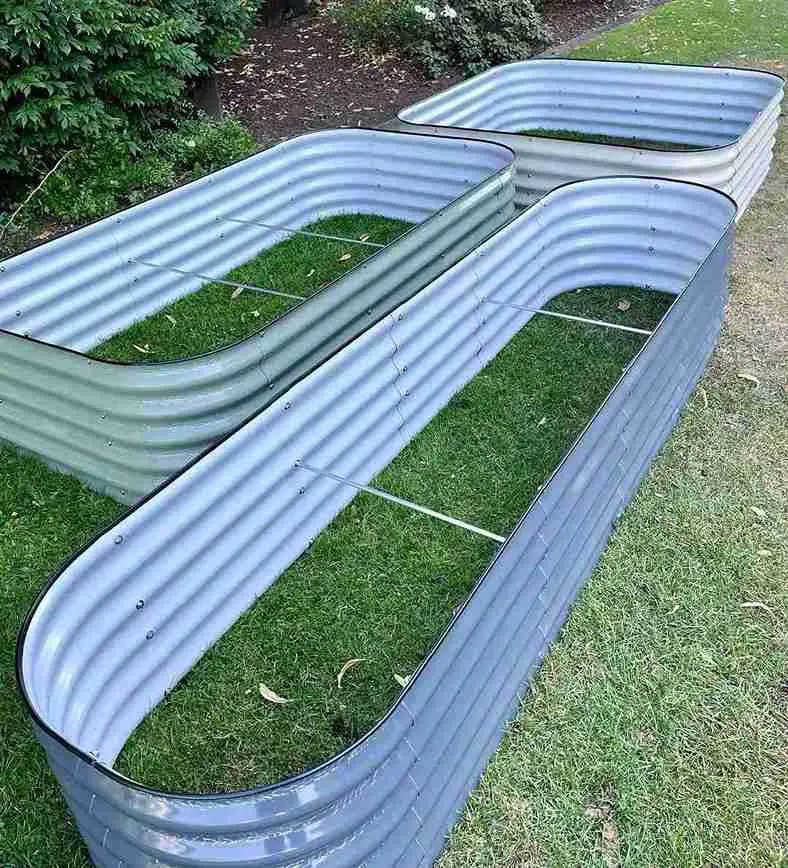
The adaptable garden design features portable containers, raised beds, or trays. These elements can be easily reorganized to suit your preferences. This setup provides exceptional flexibility, allowing you to modify your garden’s appearance with each season or as your gardening requirements shift.
Advantages: Discover the key benefits designed for 2025.
Ideal for: Gardeners who want a versatile and adaptable space that evolves with their lifestyle.
Top Pick for 2025:
Conclusion
Selecting the ideal vegetable garden design significantly impacts your gardening success and enjoyment. Whether you possess a large yard or a compact balcony, innovative and effective garden designs exist to optimize space, boost plant health, and create an aesthetically pleasing environment. Options range from spiral and U-shaped gardens to the eco-friendly no-dig method and cutting-edge hydroponic systems. Each design provides distinct advantages suited to various gardening requirements in 2025.
Think about your available space, budget, and what you enjoy growing when planning your garden. Using helpful tools like raised beds, easy-to-assemble kits, or quality compost and mulch, you can create a productive vegetable garden. Enjoy fresh, homegrown vegetables throughout the year! Check out our recommended products to kickstart your gardening adventure!
Wishing you joyful gardening! May your vegetable patch thrive abundantly year after year.